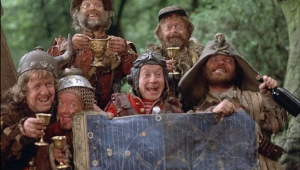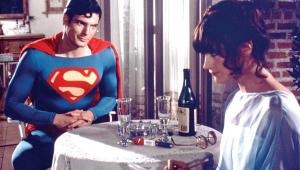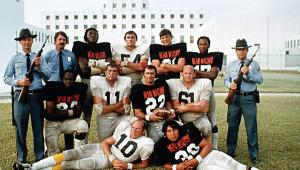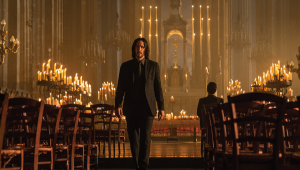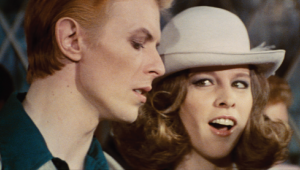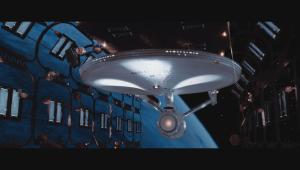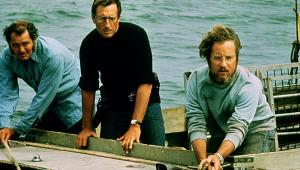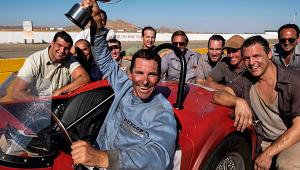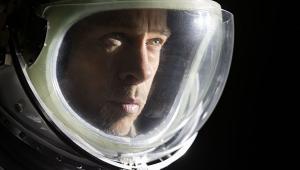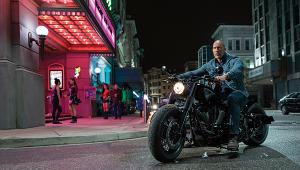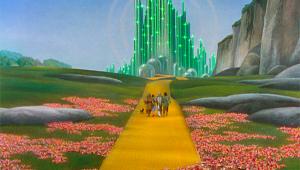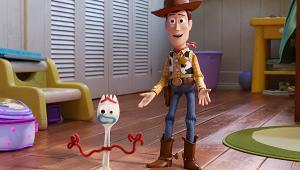The Bridge on the River Kwai

 The word masterpiece gets thrown around a lot, but this one truly fits the definition. Director David Lean had a successful career leading up to this Oscar-winner, but his hat trick of this film, Lawrence of Arabia, and Doctor Zhivago put the famed director in a class of his own. In fact, if it weren’t for The Sound of Music, he most likely would have directed three Best Picture winners over the span of eight years! The painstaking filming process for this film is well catalogued, but it’s still hard to believe that Lean actually built the bridge that’s the centerpiece of the story.
The word masterpiece gets thrown around a lot, but this one truly fits the definition. Director David Lean had a successful career leading up to this Oscar-winner, but his hat trick of this film, Lawrence of Arabia, and Doctor Zhivago put the famed director in a class of his own. In fact, if it weren’t for The Sound of Music, he most likely would have directed three Best Picture winners over the span of eight years! The painstaking filming process for this film is well catalogued, but it’s still hard to believe that Lean actually built the bridge that’s the centerpiece of the story.
With a 60-year-old film, one can’t expect it to look like a crystal-clear, digitally shot modern production, so to compare it to such would be unfair. What can be said is that the film has never looked better—warts and all. Certain scenes suffer from filming anomalies and don’t translate well to 4K, but when it looks good, it looks really good—as in damn near flawless. It teems with detail and lets the natural film grain show without any hint of compression noise. The colors have never looked so full and lifelike, and the masterpiece will surely attract a new generation of film enthusiasts.

Given the film’s age, I didn’t expect much from the Dolby Atmos soundtrack, which is drawn from the original mono track. Dynamic range is very compressed, and dialogue is sometimes difficult to understand, especially Saito’s monologues. The Oscar-winning score suffers the same fate, although the imaging and soundstage are much fuller than one would expect.
There are no new bonus materials for the UHD release, although all of the supplements from the previously released Blu-ray are included on the bundled disc. These include some vintage featurettes, photo galleries, trailers, a picture-in-graphics track, and an UltraViolet Digital Copy.
Blu-Ray
Studio: Sony, 1957
Aspect Ratio: 2.55:1
Audio Format: Dolby Atmos / True HD 7.1 core
Length: 161 mins.
MPAA Rating: PG
Director: David Lean
Starring: Alec Guinness, William Holden, Jack Hawkins
- Log in or register to post comments


